If you want an eye-catching addition to your garden, look no further than the Heliotrope. This beautiful plant is known for its clusters of purple flowers and sweet scent. Heliotrope is easy to grow and care for, making it a great choice for beginners. The plants can grow up to three feet tall and have dark green leaves. Growing and caring for Heliotrope is a rewarding experience that will give you beautiful colors in your garden.
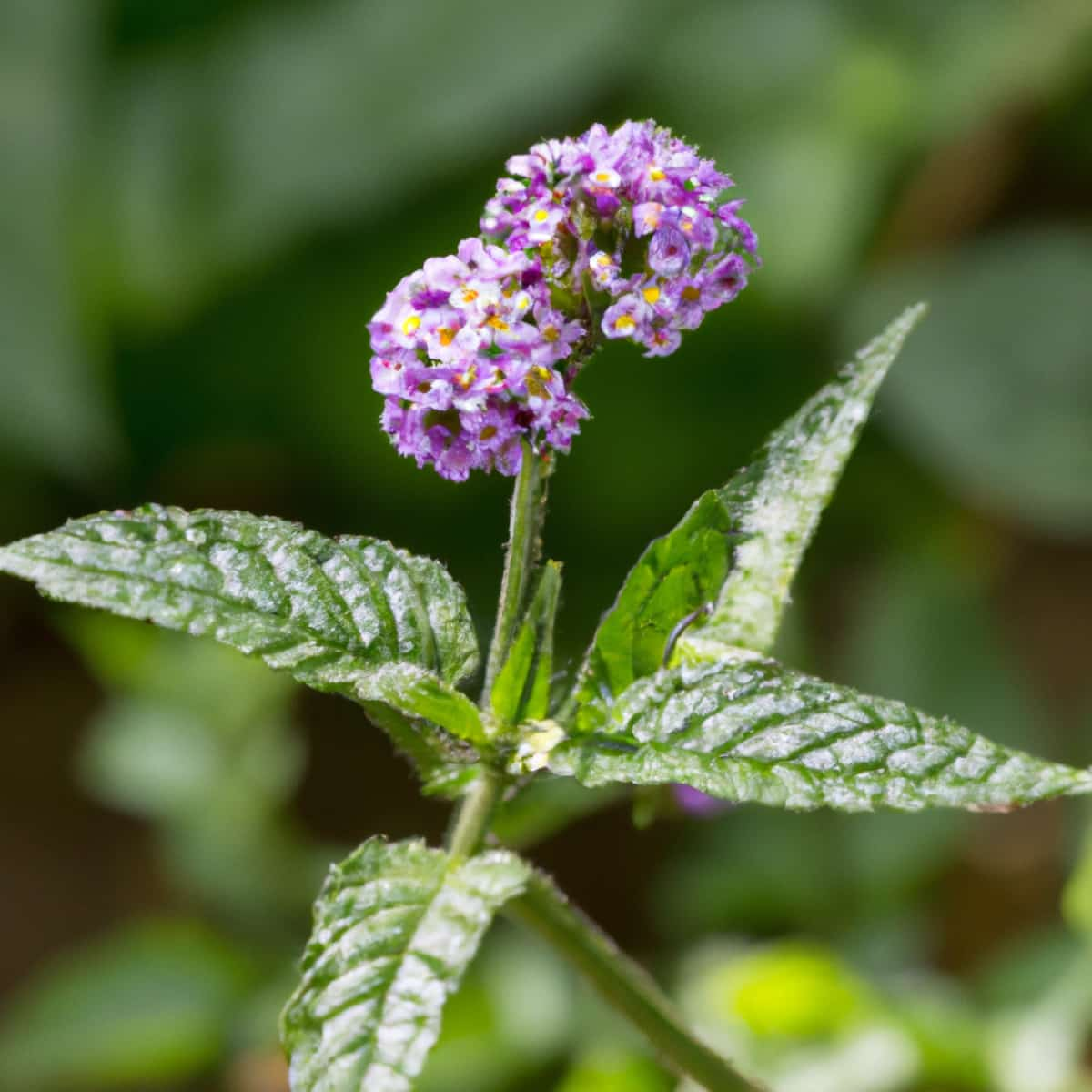
Heliotrope is a beautiful and fragrant flower that can add color to your garden. Healthy Heliotrope plants can grow quickly with careful planting, watering, pruning, and fertilizing. If you’re a beginner or an experienced gardener, taking the right steps to care for a Heliotrope should help you keep it looking great and enjoy its wonderful scent all summer.
How to Grow and Care for Heliotrope in Your Garden
Types of Heliotrope
- Heliotrope Marine – This plant grows to about 30 centimeters and has blue or violet flowers. The leaves are oblong and have a silvery sheen.
- Dwarf Marine – Dwarf marine Heliotrope is a hardy, low-growing plant perfect for the front of a sunny border or as an edging plant. Small, deep blue flowers appear in summer and last well into autumn.
- European Heliotrope – The plant grows 20-60 centimeters tall with hairy stems and leaves. The leaves are opposite, ovate to lanceolate, and 2-6 centimeters long. The flowers are small and violet-purple, borne in clusters of 3-10 at the end of the stems.
- Salt Heliotrope – It grows in arid habitats with little rainfall and can tolerate salty soils. The salt Heliotrope has small, blue flowers and grows to a height of about 30 centimeters.
In case you missed it: Top 12 Winter Care Tips for Houseplants: Every Gardner Must Know
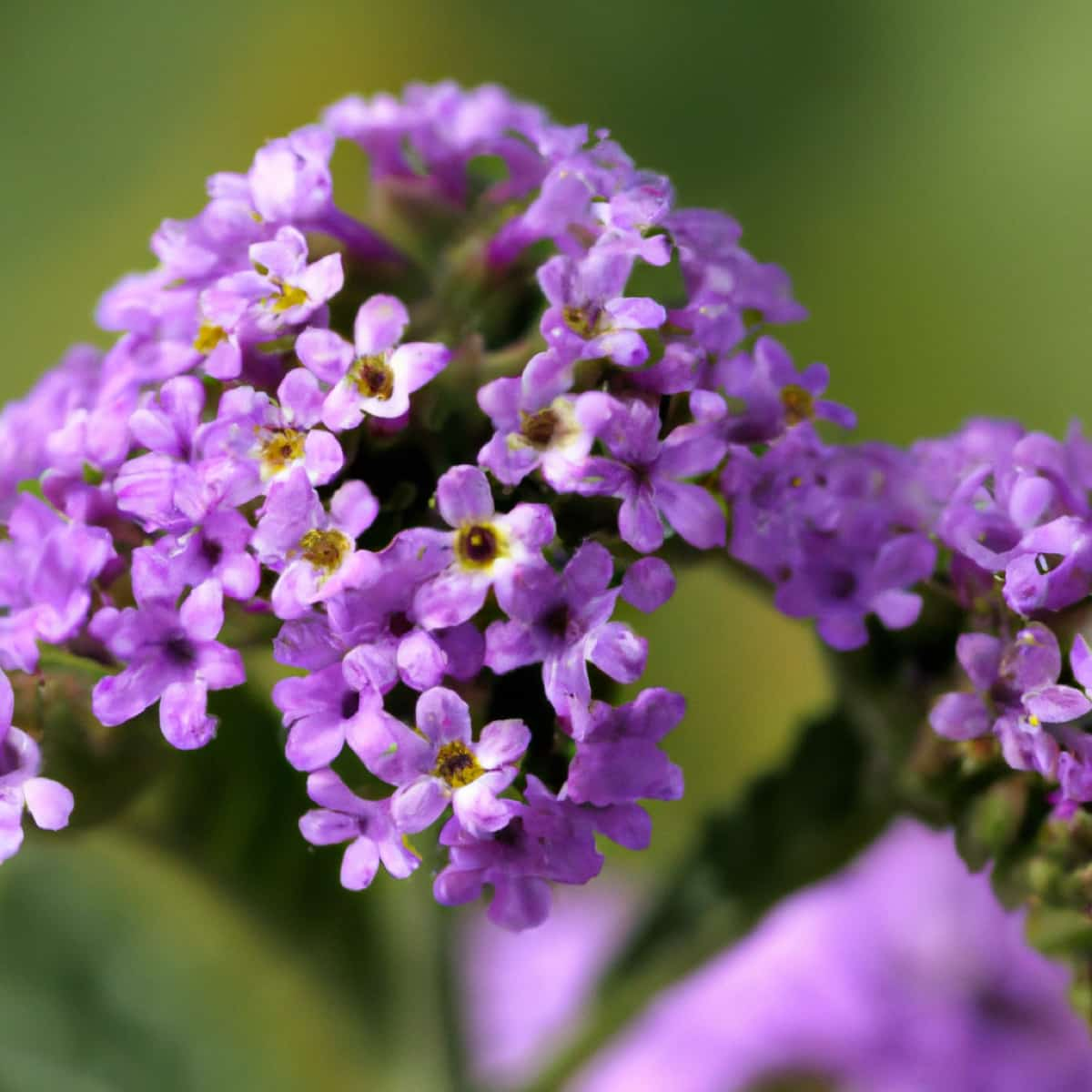
- Blue Heliotrope – Blue Heliotrope is cultivated as an ornamental plant in gardens and parks. It is tolerant of drought and salt spray, making it an ideal plant for coastal gardens.
- Tree Heliotrope – The Tree Heliotrope has large, fragrant flowers that bloom in the summer and fall. The tree Heliotrope is often used as an ornamental plant in gardens and landscaping.
- Polynesian Heliotrope – Polynesian Heliotrope is small, with dark green leaves and white flowers. This heliotrope plant grows in full sun or partial shade and prefers moist, well-drained soil. Polynesian Heliotrope is an excellent ground cover for sunny areas. It can also be used as a low hedge or border plant.
Climate Suitable for Growing Heliotrope in Your Garden
Heliotrope is a fragrant plant that blooms in purple, blue, and white shades. The flowers are small but numerous and appear in clusters. Heliotrope is an annual plant that will only last one growing season. But with proper care, it can bloom from late spring until fall. If you’re thinking of adding Heliotrope to your garden, you must ensure a climate suitable for growing this delicate plant.
Heliotrope prefers full sun but can also tolerate partial shade. You should keep the soil moist but not soggy. Overly wet soil will cause the roots to rot. To ensure your Heliotrope plants thrive, they must be grown in a place with full sun for at least six hours daily. If you live in a hot climate, some afternoon shade may be beneficial to prevent the leaves from scorching. Plants that do not receive enough sunlight will become leggy and produce fewer blooms.
Soil Requirement for Growing Heliotrope in Your Garden
Heliotrope is a fast-growing, herbaceous perennial that’s often grown as an annual. It’s known for its strong, sweet fragrance and for being relatively easy to grow. Heliotrope prefers rich, well-draining soil with a pH of 6.0 to 7.5. Consider amending your soil with sand or organic matter to improve drainage if it is heavy.
Heliotrope is also fairly tolerant of drought, so don’t be afraid to let the soil dry out somewhat between watering. Heliotrope prefers rich, well-drained soil that is high in organic matter. You can mix compost or manure into the soil before planting. If you live in sandy soil, you may need to water more frequently to keep the plants from drying out.
In case you missed it: When to Water Your Vegetable Garden: DYI Guide for Beginners
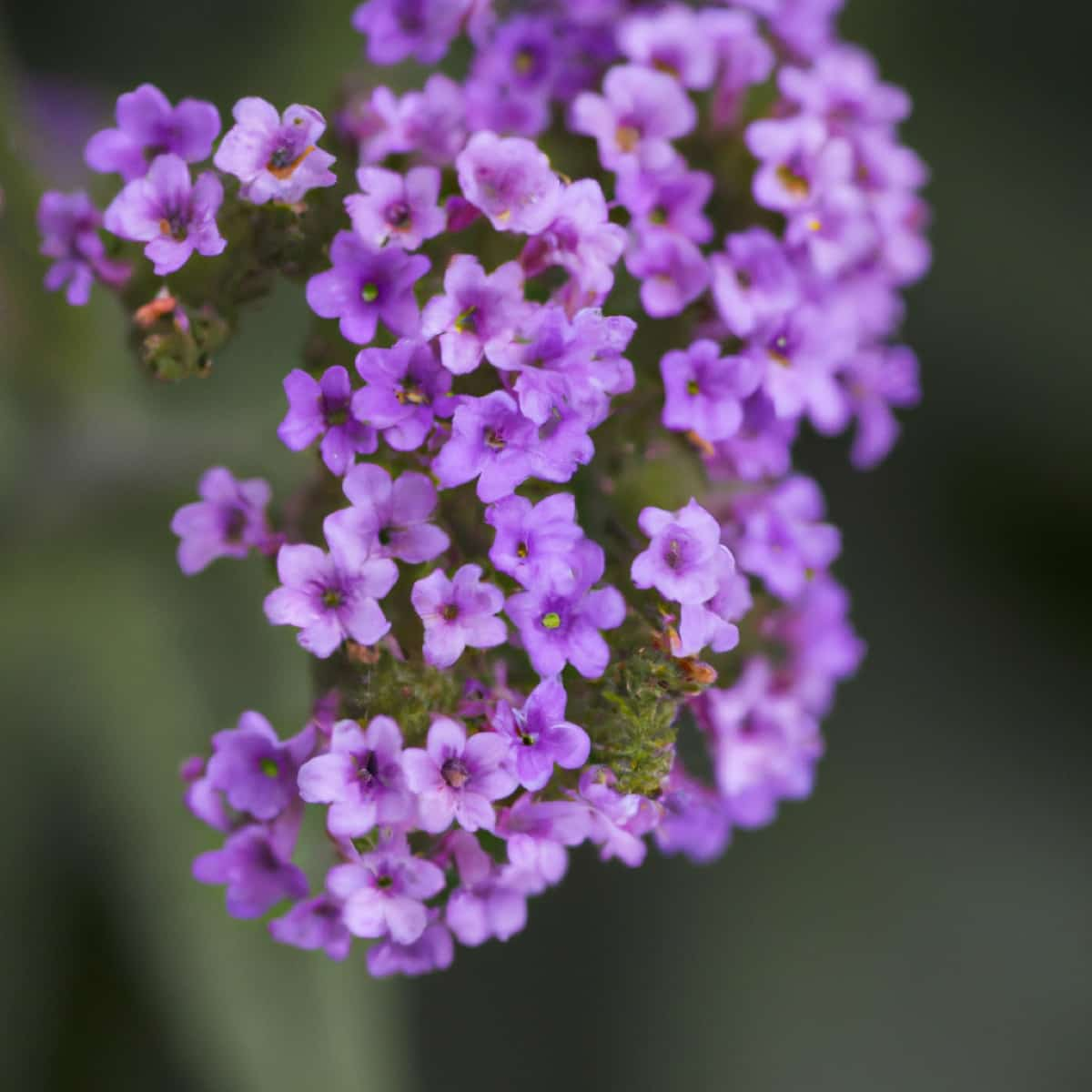
Water Requirement for Growing Heliotrope in Your Garden
Water Heliotrope regularly to keep the soil moist but not soggy. Let the top 2 inches of soil dry out between watering. Water in the morning so the plant can dry off before nightfall to reduce the risk of fungal diseases. Heliotrope is a heavy feeder and benefits from fertilizer applications every 2-3 weeks during the growing season. The water requirement for growing Heliotrope is very low. However, you must water it more frequently during the hottest summer days to prevent the leaves from wilting. Soak the roots thoroughly and allow the soil to dry before watering again.
Propagating Heliotrope
From Seed
To start, fill your pot or container with well-draining soil. Next, sprinkle your Heliotrope seeds on top of the soil, ensuring they are evenly distributed. Then, lightly mist the seeds with water from your spray bottle. Be sure not to over-water, as this can cause the seeds to rot. Place your pot or container in a warm, sunny location, and keep the soil moist but not wet. You should see little green sprouts emerging from the soil in about two weeks. Once your Heliotrope plants are a few inches tall, transplant them into your garden bed or outdoor pots.
From Cuttings
If you want to propagate Heliotrope, the best way to do it is by taking cuttings from an existing plant. Cuttings should be taken from new growth about 4-6 inches long. Make sure to use a sharp knife or pruning shears to take your cuttings, and try to cut just below a node (where the leaves attach to the stem). You can then place your cuttings in a glass of water and put them in a sunny spot.
Check the water level, and make sure to change it out every few days. After a few weeks, you should see roots forming on your cuttings. Once they have roots, you can transplant them into pots filled with well-draining potting mix. Be sure to give them plenty of light and keep their soil moist but not soggy. With a little patience and care, you’ll soon have your healthy Heliotrope plants.
Transplanting Heliotrope Seedlings
To transplant Heliotrope seedlings, prepare the new planting area by loosening the soil and adding compost. Then, carefully remove the seedlings from their current pots and plant them in the prepared area, reserving them evenly. Water the seedlings well and keep them moist until they are established.
Heliotrope Plant Care
Fertilizer Requirement for Growing Heliotrope in Your Garden
To grow healthy Heliotrope in your garden, you must fertilize it regularly. A general-purpose fertilizer will work fine, but follow the manufacturer’s instructions carefully. Apply the fertilizer every four weeks or so, and always after watering. Fertilizer requirements for growing Heliotrope in your garden are not very demanding.
In case you missed it: How to Grow Tabasco Peppers from Seeds: At Home, In Pots, Raised Beds, Terraces, and Backyard
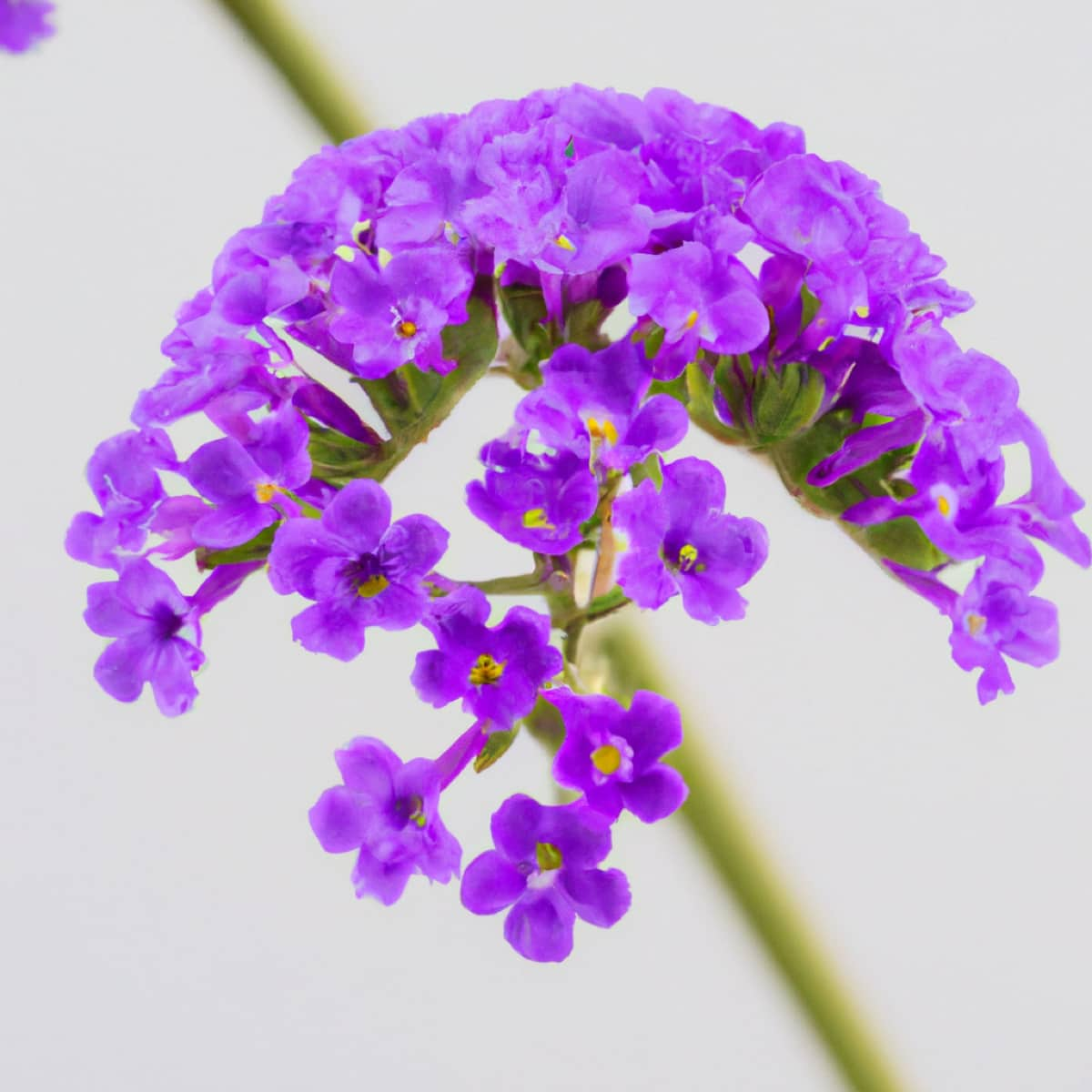
A general-purpose fertilizer with an N-P-K ratio of 10-10-10 or 12-12-12 can be used. However, it is best to use a fertilizer slightly higher in phosphorus, such as a 6-12-12 or 8-8-8 formula. Also, because Heliotrope tends to be somewhat calcium deficient, using a fertilizer that contains calcium, such as bone meal or lime, is beneficial.
Pruning Heliotrope Plant
You’ll need occasional pruning to keep your Heliotrope plant looking its best. Pruning encourages new growth and can help prevent the plant from leggy. When pruning, remove any dead or damaged leaves or stems. Pruning Heliotrope is a great way to keep your plant looking its best and promote new growth. The perfect time to prune is in late winter before new growth begins. To prune, cut back the stems to the desired length. Be sure to make clean, sharp cuts so that the plant can heal quickly.
Heliotrope Plant Care in Winter
When the weather outside is frightful, Heliotrope plants can suffer. This perennial is often grown as an annual in colder climates and may not survive winter if left outdoors. Protecting the plant from cold temperatures and drying winds is important to overwinter your Heliotrope. Trim back the foliage to about 6 inches from the ground and pot the plant in a container filled with fresh potting soil.
Place the pot in a sunny spot near a window and water regularly to keep the soil moist but not soggy. Heliotrope will need less water during the winter than during the growing season. Let the top 2 inches of soil dry between watering, and fertilize monthly with a balanced fertilizer diluted to half strength. When spring arrives, gradually acclimate your Heliotrope to outdoor conditions by placing it outside for a few hours each day in dappled sunlight before transplanting it into the garden.
In case you missed it: How to Grow and Care for Begonia in the Garden: A Beginners Guide
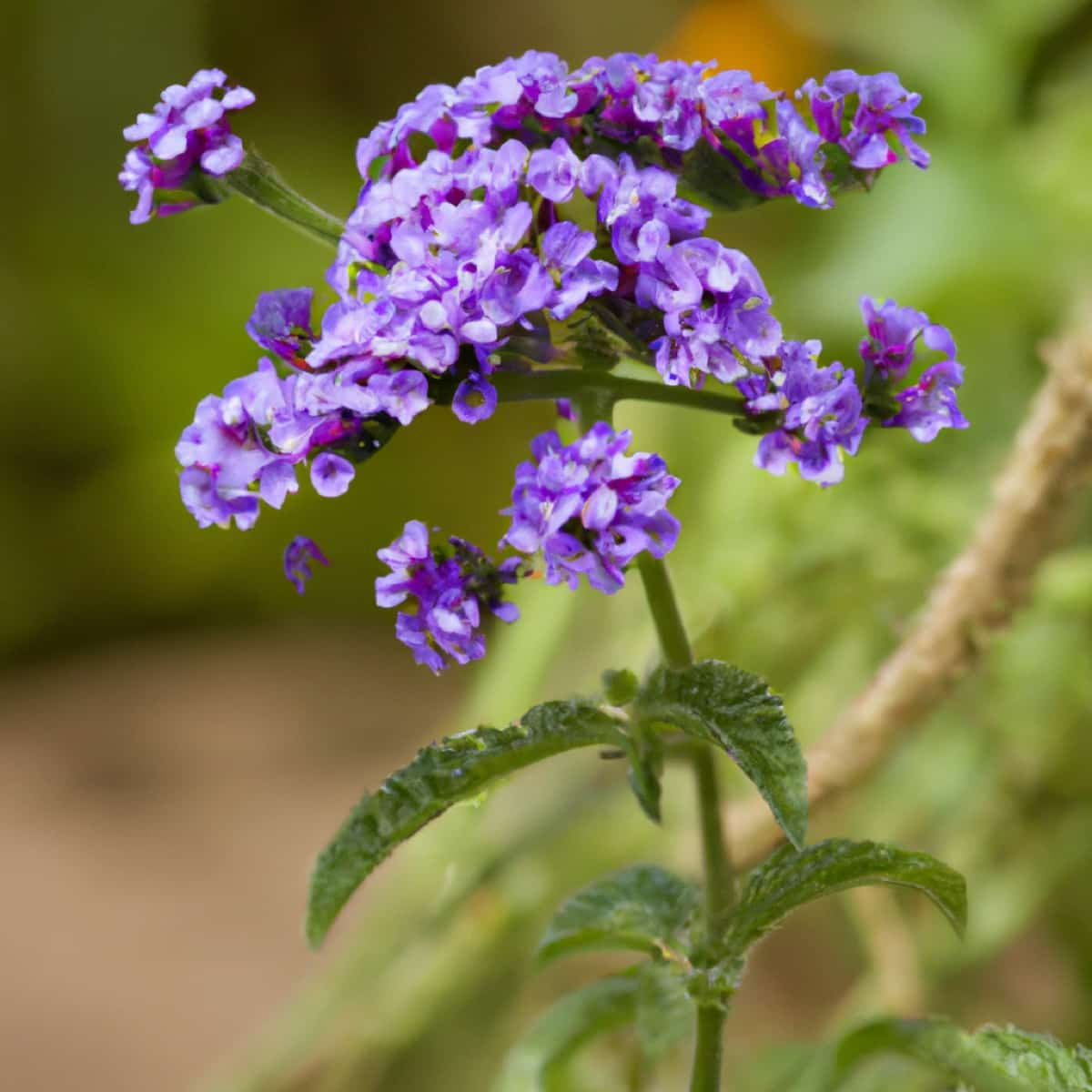
Pests and Diseases of Heliotrope Plants and Their Control
Heliotrope is a beautiful, fragrant flower often used in gardens and landscaping. However, this plant can be susceptible to several different pests. Some of the most common pests include aphids, whiteflies, and caterpillars. These pests cause damage to the leaves, stems, and flowers. One way to control aphids is to regularly check your plants for infestations and treat them early on with insecticidal soap or neem oil solution.
Whiteflies can be controlled using yellow sticky traps or treating the plants with insecticidal soap or neem oil solution. Caterpillars can be controlled by hand-picking them off of the plants or by using a Bacillus thuringiensis product. Heliotrope is a beautiful and fragrant herb often used in gardens and landscaping. However, this plant can also be susceptible to several diseases.
Powdery mildew causes the leaves to curl up and eventually turn brown and die. To prevent powdery mildew, water only at the base of the plant. You can also apply a fungicide that contains sulfur or neem oil. Various fungi and bacteria cause leaf spot disease, which appears as small, dark spots on the leaves.
The spots can eventually cause the leaves to turn yellow and drop off. You can also treat it with a fungicide that contains copper or chlorothalonil. Rust disease appears as orange or red bumps on the undersides of the leaves. The bumps can eventually cause the leaves to turn yellow, brown, and die. To prevent rust, water only at the base of the plant. You can also apply a fungicide that contains sulfur or neem oil.
In case you missed it: How to Grow and Care for Primrose in the Backyard
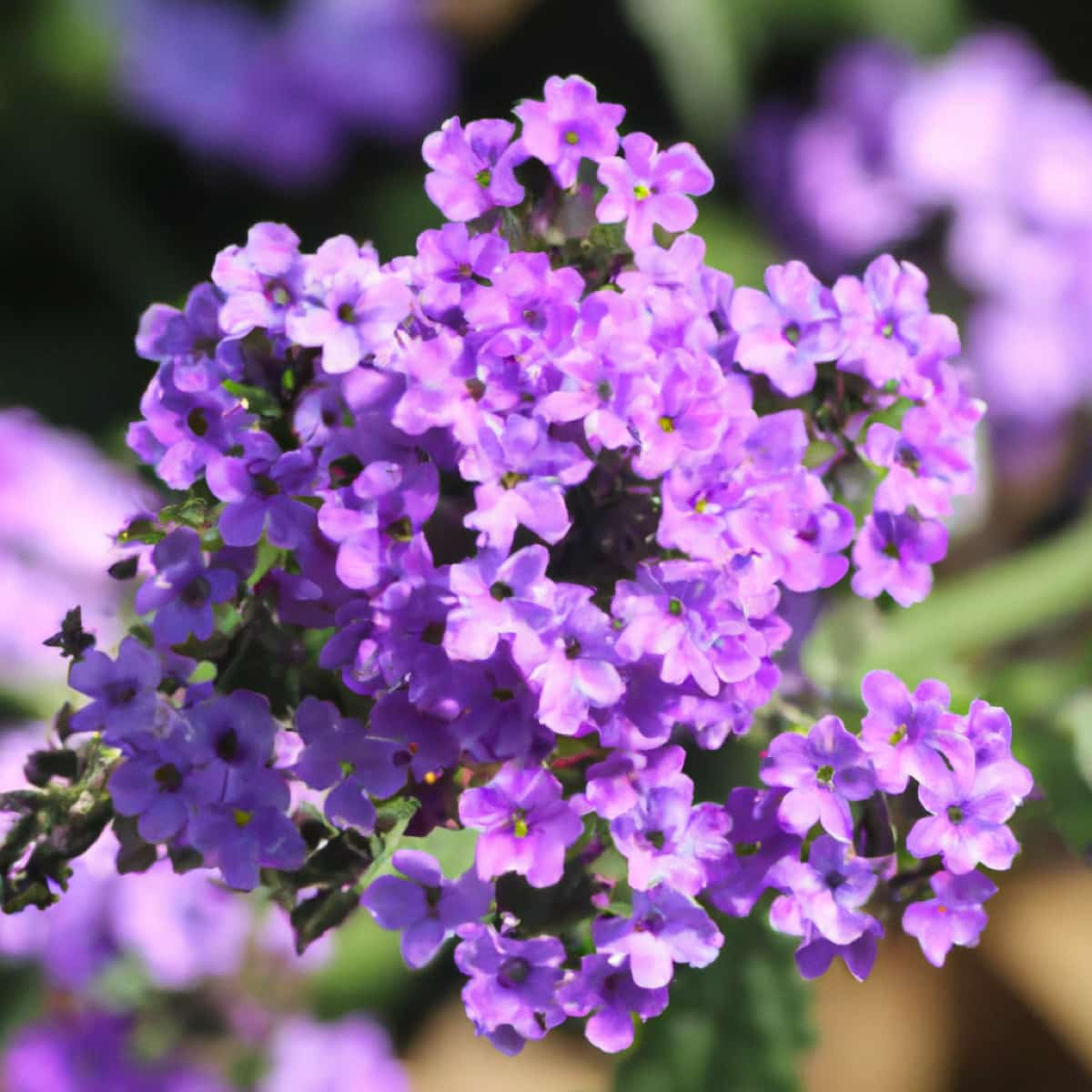
Conclusion
Heliotrope is a unique and beautiful flower that will make your garden look stunning. It can be an easy addition to any outdoor space with the right care and attention. This article has given you all the information you need to grow these gorgeous flowers in your garden confidently. Remember that Heliotrope likes lots of direct sunlight, so pick a place with plenty of sunshine.
- Flower Garden Designs and Layouts for Beginners
- Planting and Spacing Techniques in Papaya: A Beginner’s Guide
- Growing Gold: Essential Techniques for Planting Pineapples
- How to Make Kalanchoe Plant Bushy: Home Remedies and Solutions
- 11 Reasons Why Your Gardenia is Not Blooming: Home Remedies and Solutions
- Eco Elegance: The Guide to Designing a Drought-Tolerant Landscape
- Gardening on a Slope: Strategies for Hillside Landscaping
- Nourish and Flourish: Top Organic Mulches for Thriving House Plants
- Everything You Want to Know about Indian Mogra Flower: Discover Uses and Growing
- Green Thumb Success: Expert Tips for Cultivating Greenhouse Pumpkins All Year Round
- Maximize Growth & Flavor: The Ultimate Guide to Companion Planting in Herb Gardens
- How to Control Rhododendron Problems Naturally: Home Remedies and Organic Ways to Fix Them
- Natural Magic: The Remarkable Benefits of Cinnamon for Plants
- Best Steps to Revive Dying Tulip with Natural and Organic Treatment
- 10 Reasons Why Your Angel Trumpet is Not Blooming: Remedies and Treatment
- How to Fix Periwinkle Leaf and Flower-Related Problems: Natural Remedies and Solutions
- How to Fix Zinnias Leaf and Flower Problems: Discover Natural and Home Remedies
- Organic Steps to Induce Lemon Tree Flowers: A Comprehensive Guide
- Bloom Booster: Crafting the Perfect Homemade Bougainvillea Fertilizer
- Optimizing Growth: A Guide to Applying NPK Fertilizer for Potted Plants
- 10 Best Homemade Fertilizers for Rubber Plant: DIY Recipes and Application Method
- How to Boost Female Pumpkin Flowers: Effective Steps for More Flowers and High Yields
- Transform Your Indoor Garden: Top Benefits of Pink Salt for Houseplants
- 10 Best Homemade Fertilizers for Peacock Plants (Calathea): Easy DIY Guide
- Unlock Blooms: 9 Reasons Why Your Potted Chrysanthemum is Not Blooming
- 8 Reasons Why Your Potted Hibiscus is Not Blooming: Fix it with Simple Solutions
- Unlock Blooms: 9 Key Reasons Your Potted Frangipani Won’t Flower
- 10 Reasons Why Is My Ice Plant Not Blooming: Remedies and Treatment
- 10 Reasons Why My Potted Hydrangea Not Blooming: Treatment and Remedies
- 10 Reasons Why is My Wisteria Not Blooming: Remedies and Treatment
- 10 Reasons Why is My Goldfish Plant Not Blooming: Remedies and Treatment
- Maximize Your Space: Ultimate Guide to Balcony Gardening with Grow Bags
- 10 Reasons Why Your Iris is Not Blooming: Remedies and Treatment
- 10 Reasons Why Your Anthurium Plant is Not Blooming: Treatment and Remedies
- 10 Reasons Why Your Aquaponic Plants Are Not Flowering: Remedies and Treatment
- 10 Reasons Why Your Agapanthus is Not Flowering: Remedies and Treatment